It’s crucial to select a location closer to the path of totality, especially if you live within that 12 to 15-mile-wide range. Lakewood, Ohio was the perfect place for me to make that drive, not very far from my home.
I opted for a public venue where more people gather to witness this celestial phenomenon. In my opinion, despite occurring millions of miles away from Earth, this event can potential to bring humanity together and evoke a sense of wonder. (Though there’s certainly some science involved.)
My photography goals were straightforward: Firstly, to capture a Sun Crescent akin to the monthly Moon Crescent. Secondly, to seize the moment of totality. Thirdly, to aim for the ring effect, and fourthly, to obtain the closest possible shots during totality.
Here some shots, courtesy 200-500mm f5.6 Nikkor Lens. (Manual Mode)
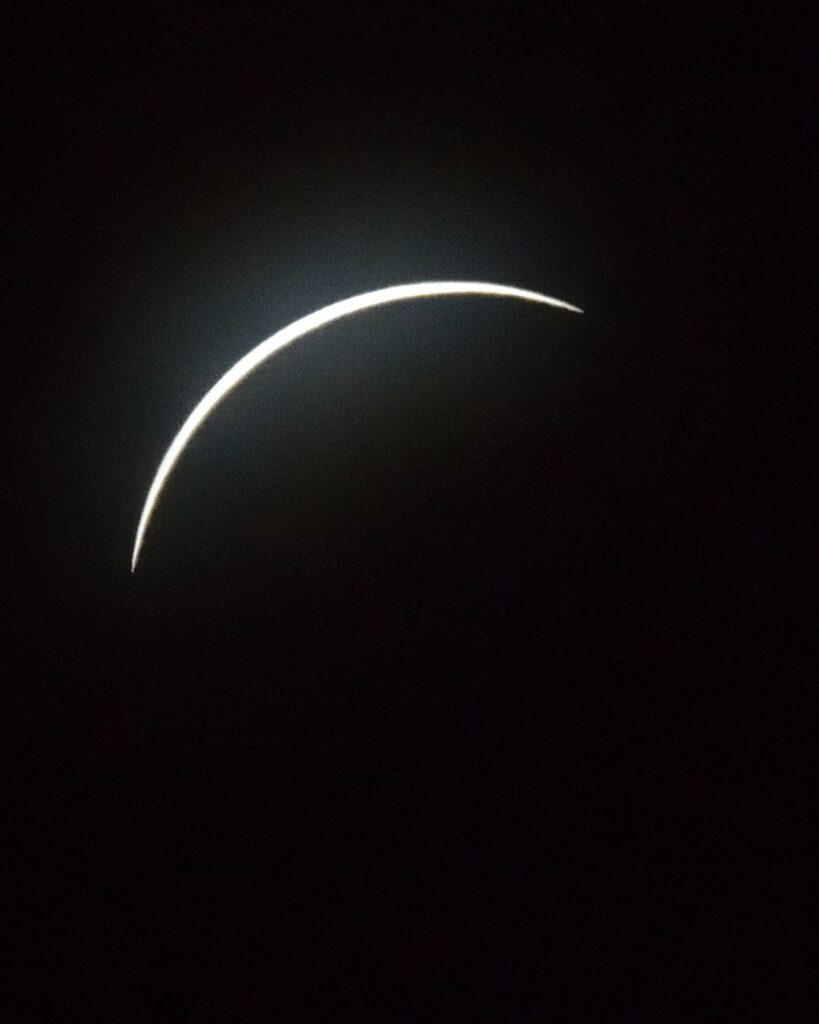
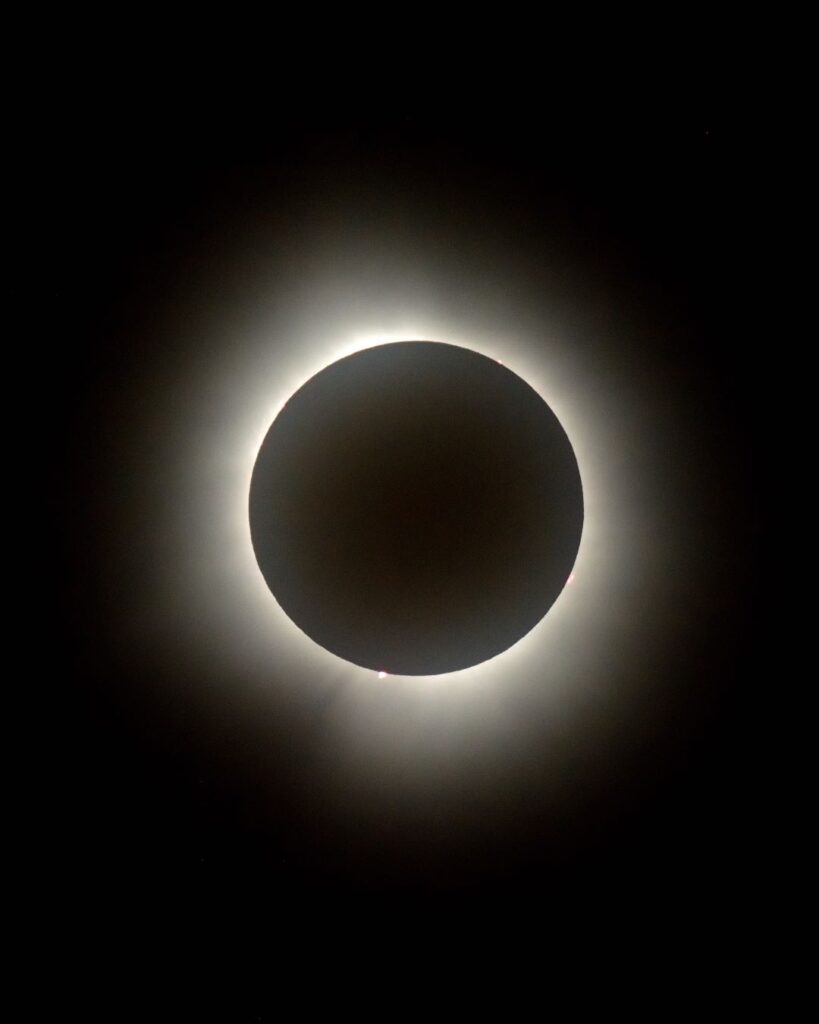
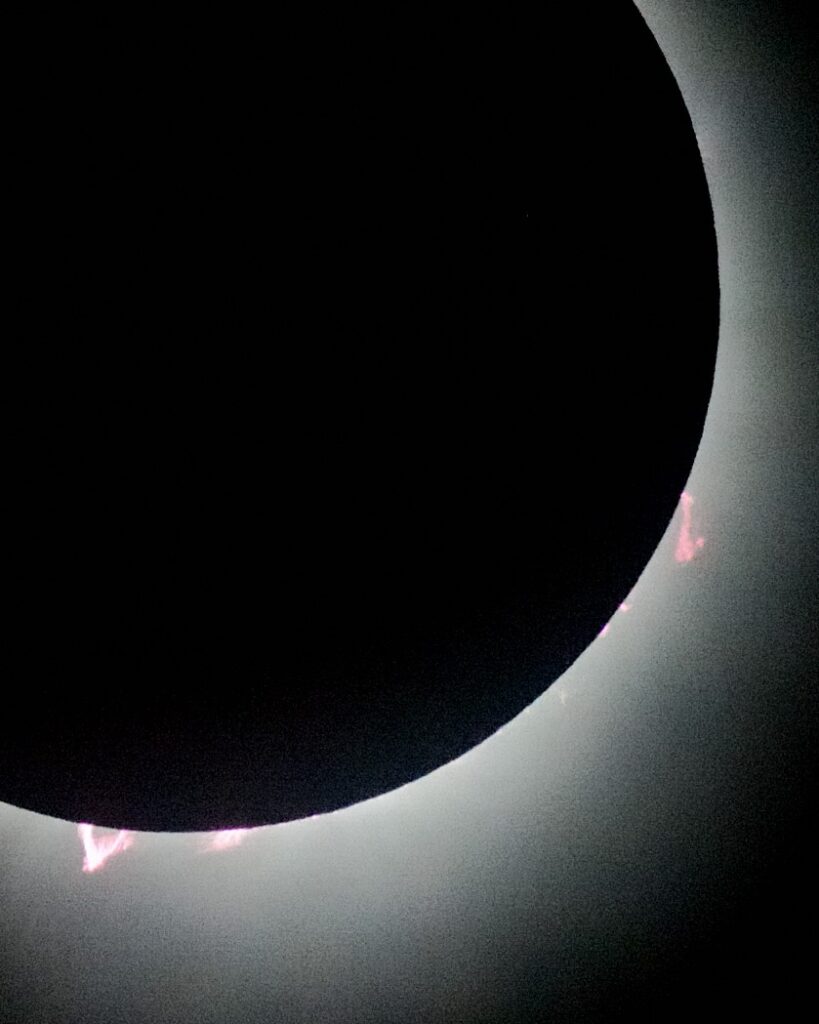
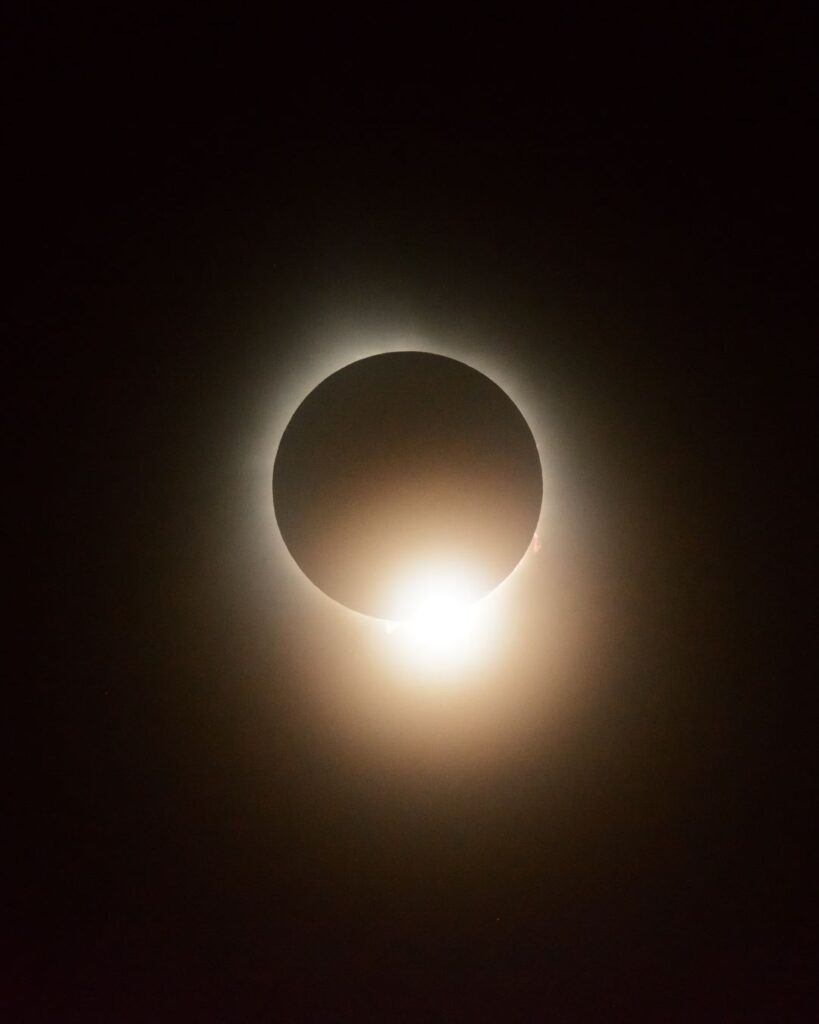
Honestly, I rarely utilize the Infinity setting on my 200-500mm f5.6 Nikkor lens, and I doubted about its efficacy. Naturally, the Sun is so distant from the lens’s perspective and beyond, yet to my surprise, the Infinity setting rendered the Sun incredibly sharp, visible through the viewfinder.
I opted for f8 and managed to achieve success within the 1/2000 to 1/8000 range in Manual mode. Employing multiple shots proved beneficial. However, when using RAW+JPEG, the buffer filled quickly, causing some lag. This may be why I missed a few moments, including the beginning of the ring and, in fact, the end of totality.
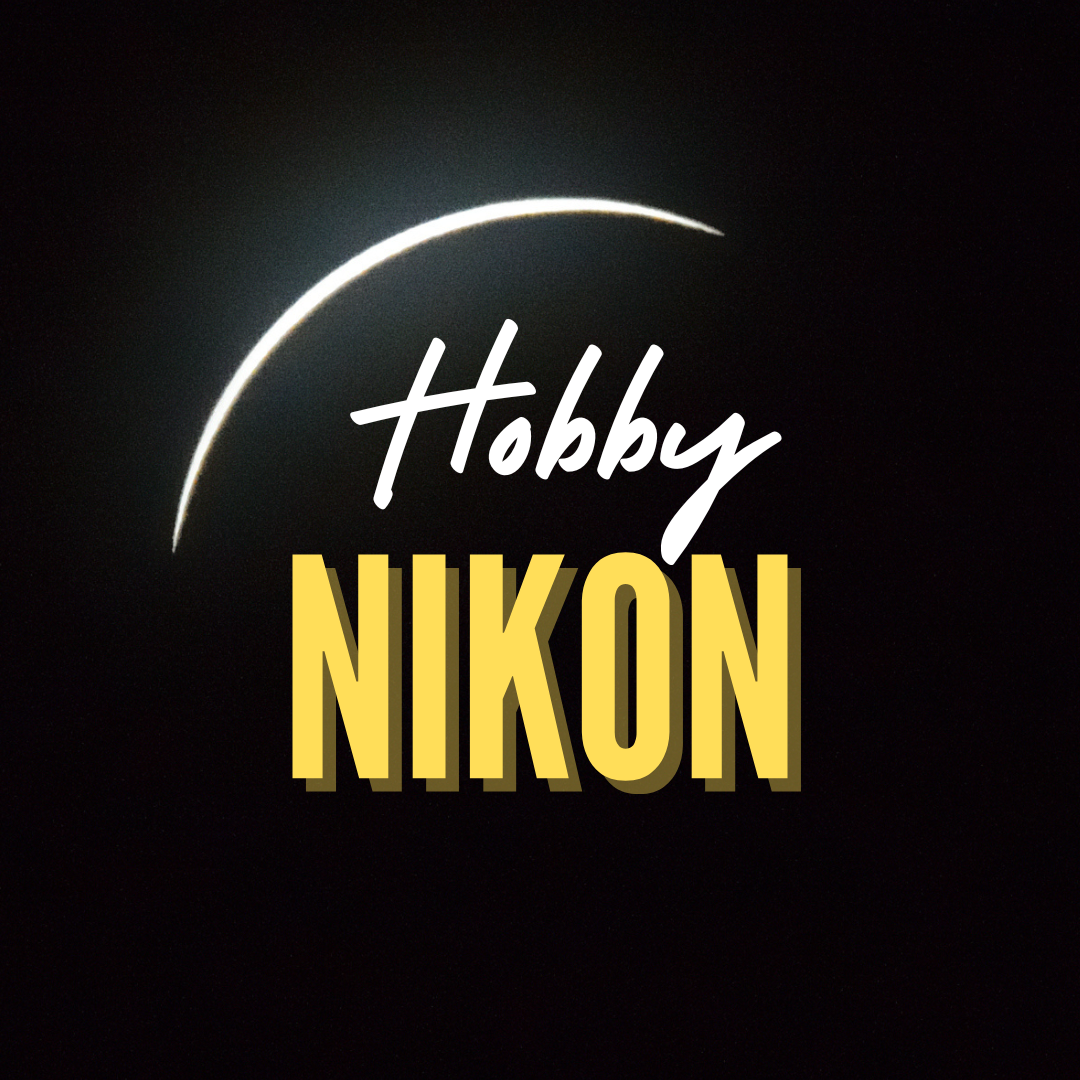
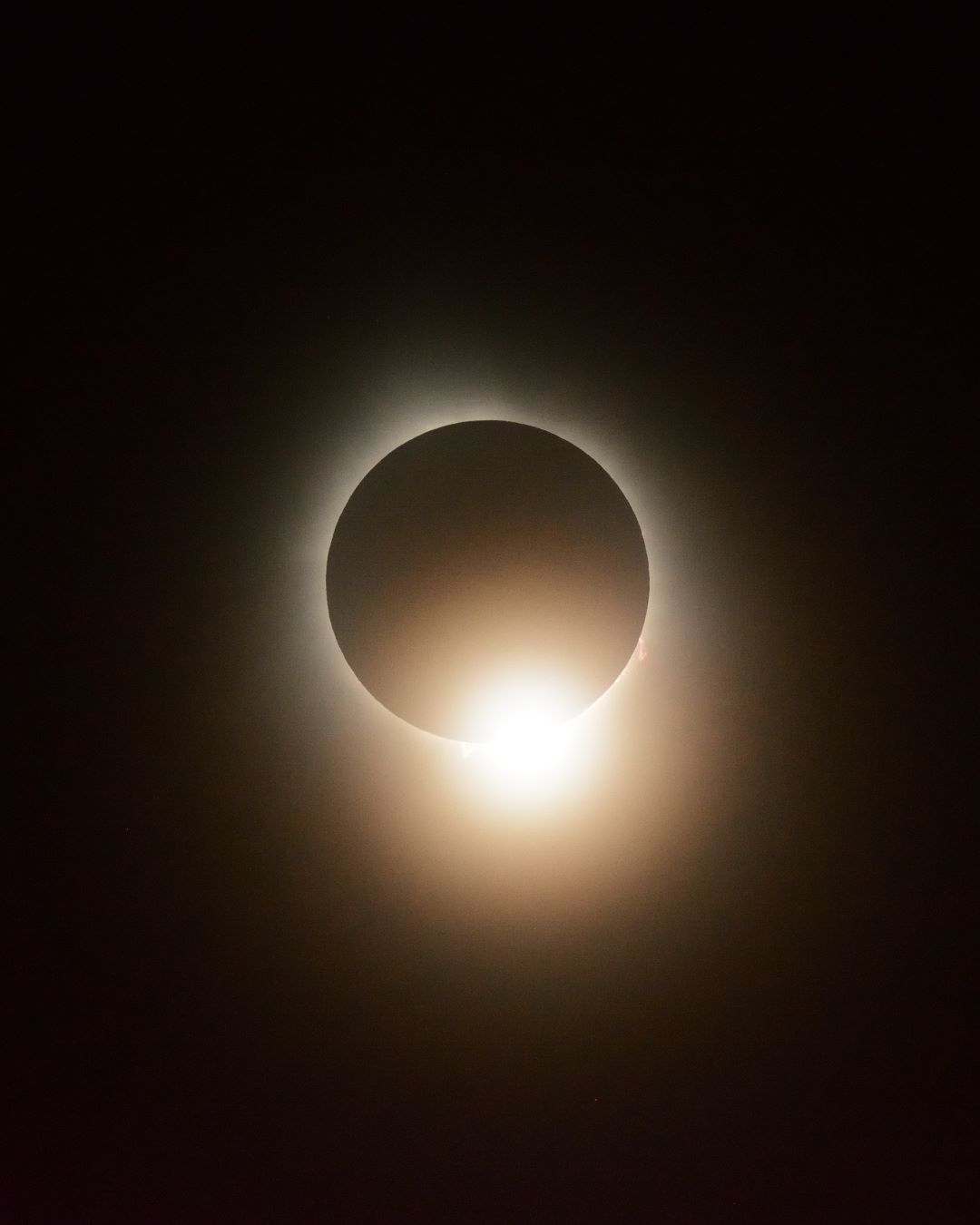



Leave a Reply